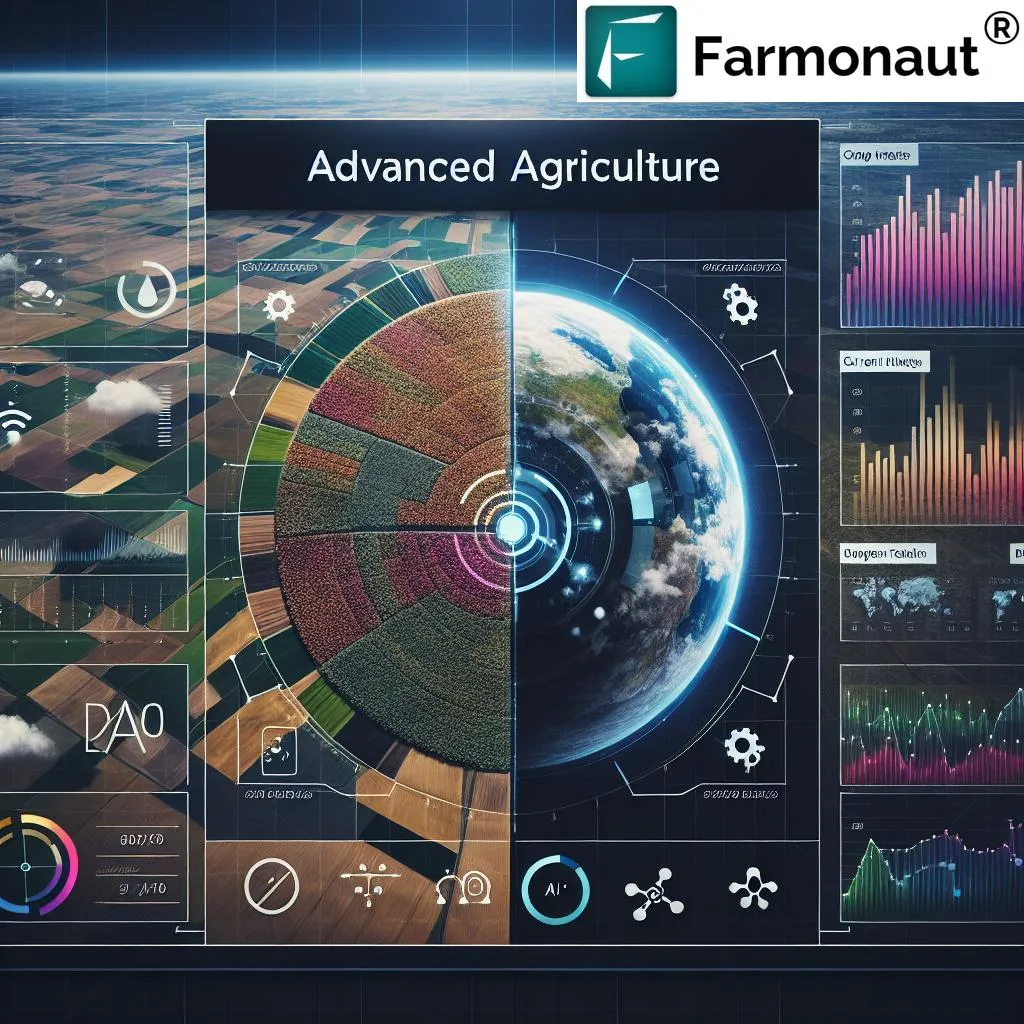In the realm of agricultural technology, precision is key, and a groundbreaking development in rice yield prediction could reshape how we approach food security and agricultural planning. Researchers have introduced a novel deep learning model, USTAnet, designed to enhance the accuracy and adaptability of rice yield predictions across varying spatial resolutions. This innovation, led by Li Liu from the Hubei Key Laboratory of Intelligent Vision Based Monitoring for Hydroelectric Engineering at China Three Gorges University, promises to bring a new level of reliability to agricultural forecasting.
The challenge of scale dependency in deep learning models has long plagued the agricultural sector. Traditional models struggle when input data resolution changes, leading to mismatched receptive fields and degraded performance. Li Liu and his team addressed this issue by developing the U-shaped spatial–temporal attention network (USTAnet), which incorporates multiscale convolution (MSC) blocks and multidimensional feature integrator blocks. These components significantly enhance the model’s resolution generalization and spatiotemporal generalization capabilities.
“USTAnet outperforms existing models in both accuracy and generalization ability,” Liu explained. “Our model achieves an R² of 0.817 at a 4 km × 4 km resolution, and in 1 km × 1 km resolution tests, it consistently shows the best performance across all years, with an average R² of 0.758. This is a 15% improvement over other models.”
The implications of this research are profound, particularly for the energy sector. Accurate yield predictions are crucial for planning and resource allocation, ensuring that agricultural production aligns with energy demands. “USTAnet’s ability to adapt to different spatial resolutions makes it a versatile tool for various applications,” Liu added. “It can help promote the application of remote sensing technology in agricultural production, ultimately contributing to food supply chain stability.”
Published in the IEEE Journal of Selected Topics in Applied Earth Observations and Remote Sensing, this study highlights the potential of USTAnet to revolutionize kilometer-level yield prediction. As the world grapples with the challenges of climate change and population growth, innovations like USTAnet offer a beacon of hope for sustainable and efficient agricultural practices.
The commercial impacts of this research are far-reaching. By providing more accurate and reliable yield predictions, USTAnet can help farmers, agribusinesses, and policymakers make informed decisions. This, in turn, can lead to better resource management, reduced waste, and increased productivity. The energy sector, in particular, stands to benefit from more precise agricultural forecasts, as it can better plan for the energy needs of the agricultural industry.
As we look to the future, the development of USTAnet marks a significant step forward in the field of agricultural technology. Its ability to adapt to different resolutions and provide accurate predictions across various scenarios makes it a valuable tool for ensuring food security and promoting sustainable agricultural practices. With further research and development, USTAnet could become a cornerstone of modern agriculture, shaping the way we grow and harvest crops for years to come.

